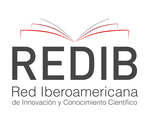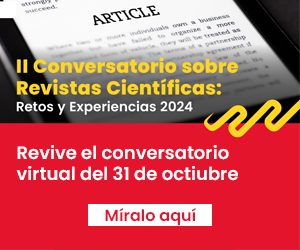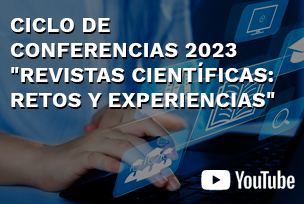Use of the Jeffersons Medical Empathy Scale in Resident physicians in specialization training in a Peruvian hospital.
DOI:
https://doi.org/10.20453/rnp.v82i2.3540Keywords:
Empathy, medicine, medical education, Peru.Abstract
Empathy is defined as the ability to understand the feelings and emotions of others, based on the recognition of the other as similar. Applied to the doctor-patient relationship can improve clinical outcomes, reason for which it is considered an essential ability in the training of every medical professional. Objective: To identify the level of empathy and related factors in resident physicians in medical and surgical specialized training in a hospital in Lima, Peru. Material and methods: Sociodemographic, personal and professional data were obtained and the Jefferson Medical Empathy Scale, consisting of 20 questions and a 1 to 7 Likert scoring type, was applied; with a minimum score of 20 and maximum of 140, the level of empathy is directly related to the obtained score obtained. Results: One hundred resident physicians, 52% of them female, were surveyed. The mean score obtained was 112.88, with DE 14.51, median of 115, and a Cronbachs alpha coefficient of 0.82. The values of the quartiles were 102, 115 and 124. Twenty-six per cent of medical residents, 19.2% of surgery, 10% of gynecology-obstetrics and 35% of pediatrics reached higher values of the upper quartile. No statistically significant differences were found when comparing the respondents scores with each of the identified variables. Conclusions: Residents of the Pediatrics specialty has higher scores than the rest of the specialties, although no specific significant variables were found to explain the differences between the empathy levels.















 RNP is distributed under a
RNP is distributed under a 